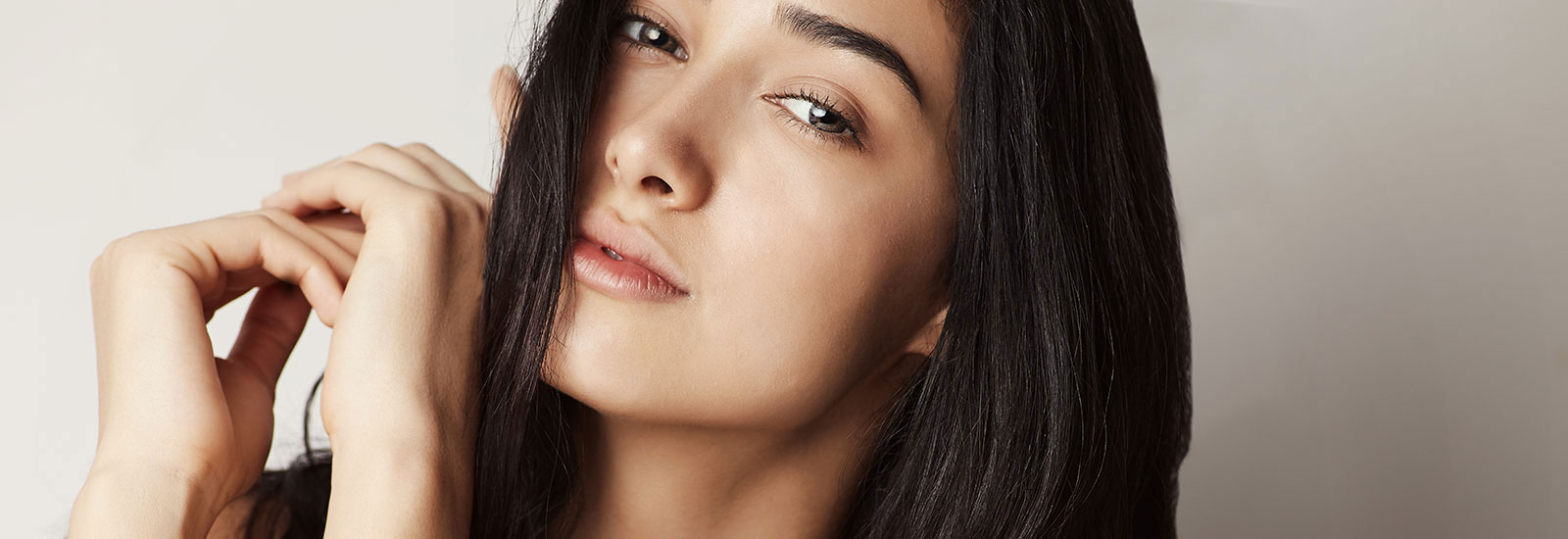

At The Pearl Dermatology, we understand no Asian skin is alike. For example, there are vast and unique differences between Chinese, Korean, Filipino, Indian, and Japanese skin just to name a few. Furthermore, beauty ideals also differ greatly between cultures, religions, and regions.
The top layer of the skin, the epidermis, is more compact and contains more ceramides as compared to Caucasian skin. These ceramides aid in skin hydration; however, the compact epidermis makes it more difficult for skin care products to absorb into the deeper levels of the skin. On the bright side, patients with Asian skin tones, have a thicker dermis (middle layer of the skin), which translates to higher levels of collagen levels in the skin. This helps to protect against the development of fine lines, wrinkles, and laxity. The collagen producing cells of the dermis, fibroblasts, are also larger and more numerous. This can result in an increased propensity to develop thick and keloidal scars.
In Asian skin, the pigment producing cells, melanocytes, are very sensitive and produce more melanin. Therefore, pigmentation issues such as melasma, post-inflammatory hyperpigmentation (PIH), sunspots, and uneven skin tone are common dermatologic issues. PIH is skin darkening due to inflammation, injury, or trauma, and is worsened with sun exposure. PIH may occur after acne, burn, abrasion or scratch, rash, insect bite, surgical incision, or a procedure. Melasma is a skin condition where patients develop brown patches on the cheeks, forehead, and/or upper lip, and is worsened by sun exposure, female hormones (pregnancy, birth control pills, and hormone replacement therapies), light, and inflammation. To improve your hyperpigmentation issues, your board certified dermatologists at The Pearl Dermatology will develop a customized approach for you which may include prescription brightening creams, physician based skin care lines which focus on brightening, sunscreens, chemical peels, microneedling with PRP, or lasers.
Finally, there is an increasing incidence of skin cancer in Asian skin tones. To protect against skin cancer and pigmentation issues, sunscreen usage throughout the day and safe sun practices are a must. Sun safe practices include limiting sun exposure between 10 am – 4 pm when UV rays are at their strongest, seek shade, avoid tanning beds, and wear protective clothing/hats/sunglasses.
@thepearldermatology
Error: No feed found.
Please go to the Instagram Feed settings page to create a feed.


